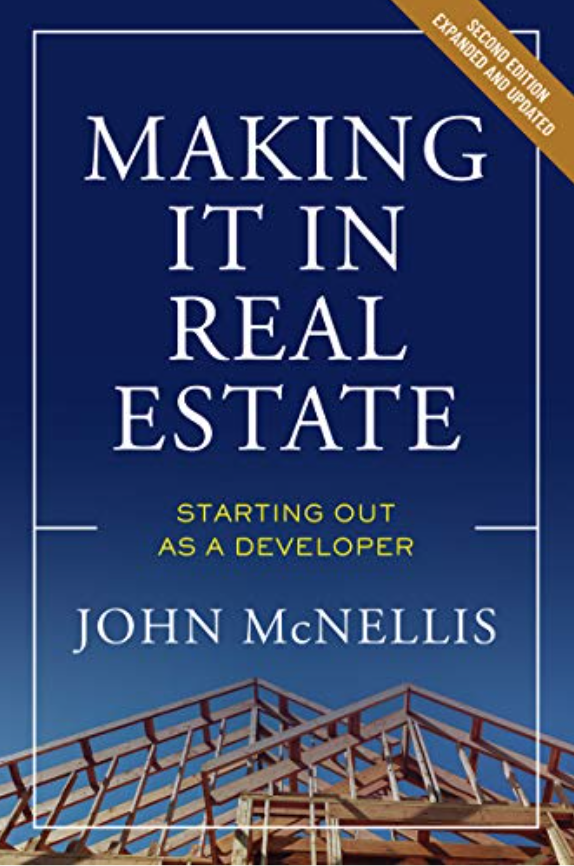With speaking season just around the corner, with the conferences, conventions and even lowly breakfast panels backing up like rusting jets at O’Hare, the National Power Point Association (NPPA) is out in full force, urging its 27,000,000 members to whip out their presentations and fire away.
With some experience in public speaking and a lifetime’s worth of public listening, I’m here to tell you it’s time to duck. Or at least to plan your conference seating carefully. Hint: an exit strategy is your best friend. Sitting on the aisle in the rear-most five rows is time-honored and where you will find the grizzled veterans of decades’ worth of conferences. Track shoes can’t hurt.
Yes, the NPPA has a valid point: Power Points don’t kill speeches, people do. And yes, the Constitution protects the Power Point. “Congress shall make no law…abridging the freedom of visual aids during speech.” But constitutional historians are in consensus: The Founding Fathers never anticipated the awesome firepower of a fully-automatic PP, capable of firing slides faster than a blink of the eye. At most, our prescient forefathers foresaw the hand-fed, overhead slide carousel, a far less lethal weapon of mass boredom.
And yes, it’s true that, like a .45 automatic in the hands of a professional marksman, a topflight conference speaker like Scott Galloway can shoot the lights out with a blazing PP. It’s also true that Justin Verlander can throw 100 mph fastballs. Chances are you can’t do either, and you will only hurt yourself and innocent bystanders if you try.
This is where the NPPA comes in. Under new, enlightened management, the organization has just come out with its critically acclaimed speaker-safety program. Devotees are already saying that, if its precepts are followed, the chances of a speech jamming or worse, a biblical exodus are down 37 percent.
As a public service announcement, the following is a summary of the NPPA’s principal recommendations:
- Limit your slides to one per minute of speaking time; e.g. 20 slides for a 20 minute presentation. According to the NPPA, one of the best ways to lose your audience is to rush through or past slides for which you have no time.
- Never—ever—read your slides. Don’t even paraphrase them. Livestock auctioneers aside, few can speak as fast as a listener can read. Once a listener realizes all she has to do is read your slides, she will ignore your halting speech and return to playing Candy Crush.
- Properly used, a PP slide presents no more than a headline, with perhaps a sub headline that acts as a teaser or directional signpost for the speaker to then elaborate upon with detail.
- A PP is not an eye chart. According to the NPPA, one of the lamest things a speaker can do is pack so much information on a slide that even the second row is squinting to read it. Remember: It’s a speech, not a group reading of an electronic book.
- Don’t look at your PP while speaking. Looking back at your slide, admiring it while saying something along the lines of, “This slide is up here to show you…,” means, like that stroll through Elysium that Maximus referred to in Gladiator, that you’re already dead. You may have noticed that the best speakers ignore their slides almost to the point of pretending they don’t exist. They go about making their points to the audience, while their slides follow along silently like a well-trained hunting dog.
- Death is easy, comedy is hard. If you want to die hard, put comedy in your PP. Wallpapering your presentation with even the drollest of New Yorker cartoons is a good way to get half the audience to wonder why the hell it’s paying one hundred fifty bucks to watch some accountant steal jokes that weren’t that funny in the first place.
- Pictures are worth a thousand words. Best thing you can do with a PP is to show people whatever it is you’re pitching—the before and after shots. And then try to spare them some of those thousand words.
In short, the PP is a tool, not a crutch. If used correctly, it will help you illuminate your talk. Used a crutch, you will hobble and, at best, your audience will feel sorry for you.
Best wishes for a happy speaking season.


